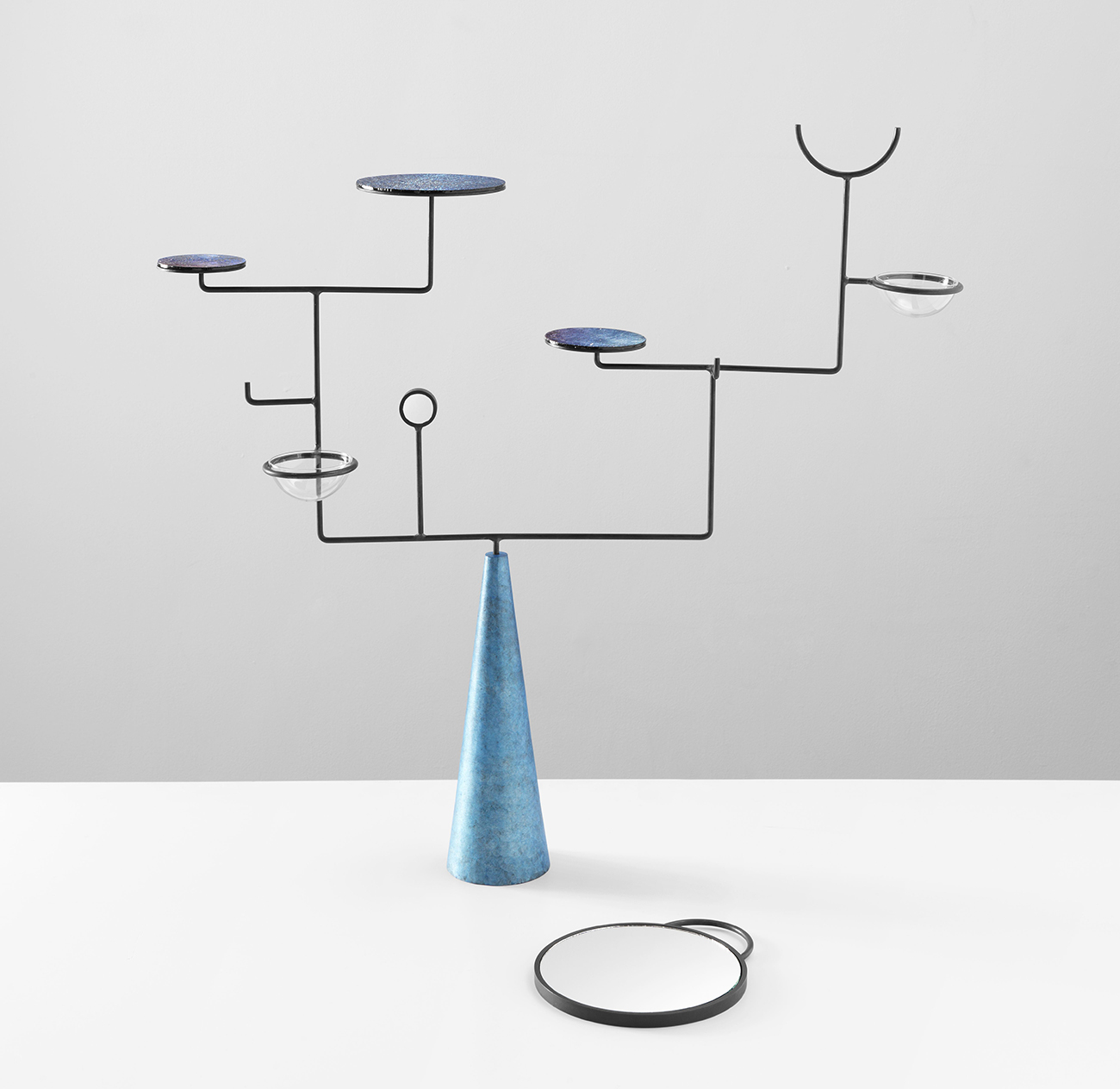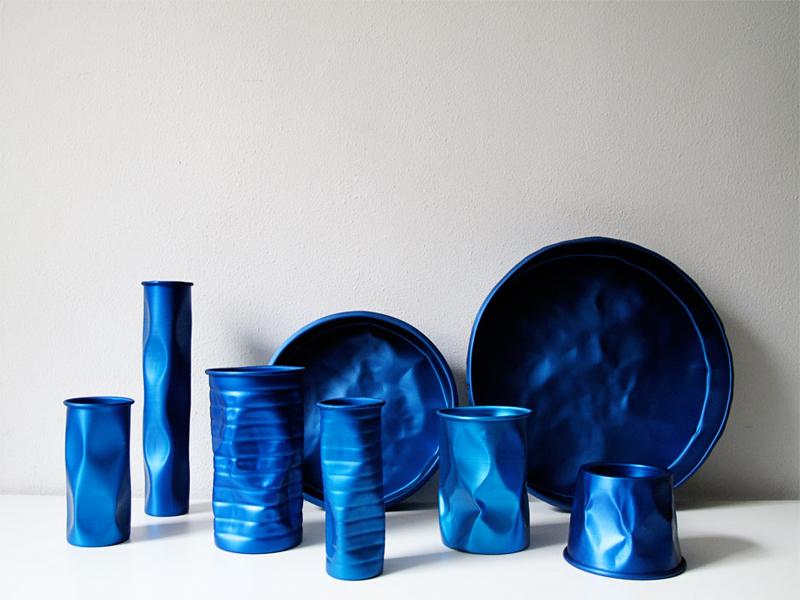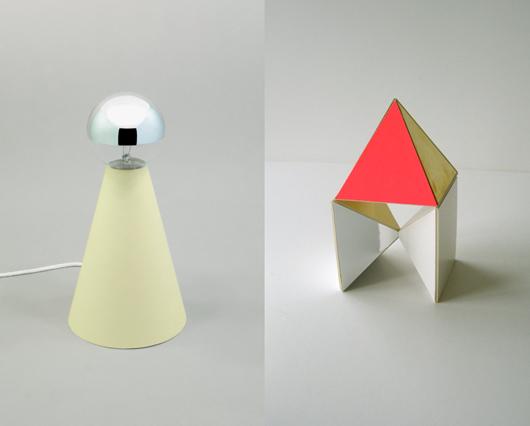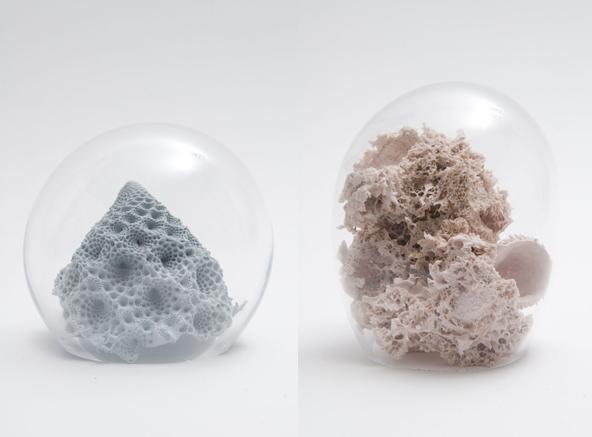
02.08.13
Up and Coming
Ya Wen Chou, Textile and Product Designer
Ahh, design school — where navel-gazing and the pretentions of identity art are not only tolerated, but encouraged (on days when the lesson plan doesn’t focus on sustainability or people with disabilities, of course). It’s easy for lesser talents to get sucked too far into these themes and end up with over-baked work that either borders on kitsch or is completely irrelevant to the wider world, but when done right, the results can be both beautiful and culturally illuminating — as in the case of Ya Wen Chou, who used her time in the RCA’s textile department to dig into the traditions of her grandmother and her home country of Taiwan. “My grandmother’s house was always full of handicrafts made by Taiwanese artisans,” she told the Arts Thread blog last year, explaining a main source of her inspiration. And her Precious Objects project — which first caught our eye on Pinterest — explores her culture’s traditional reverence for nature’s role in everyday life, which does feel rather universal, having a lot in common with everything from Icelandic elf mythology to Native American spirituality. Read more about Chou’s point of view in our interview, below.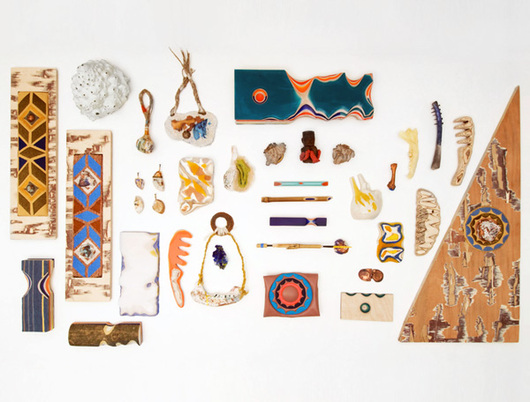
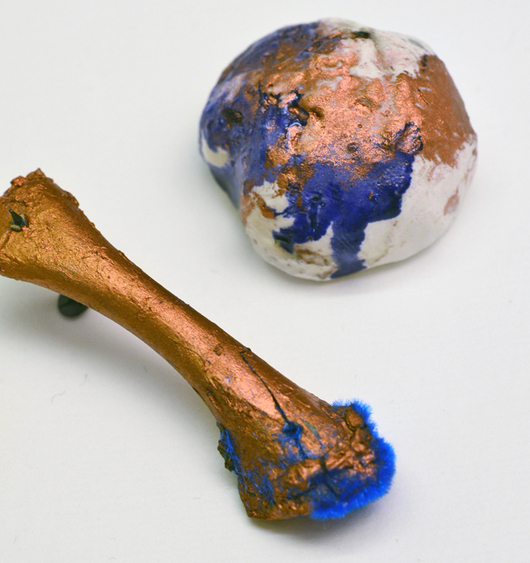
Describe your most recent project and how it was made.
“My thesis project, Precious Objects, started as an exploration of traditional patterns from native culture in my home country of Taiwan. In the past, natives believed that spirits inhabit everything, thus adopting the philosophy of a harmonious coexistence of humanity and nature — and the hope that in the afterlife they can become one of the sacred beings watching over their offspring. Today, as we live in an increasingly materialistic world, these traditions are dying. We’re now forced to rediscover beauty and restore our beliefs from a processed, synthetic reality.
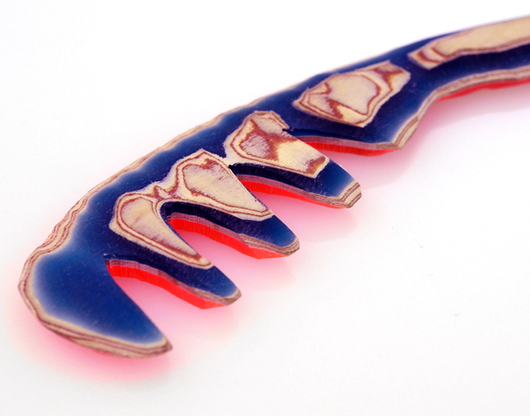
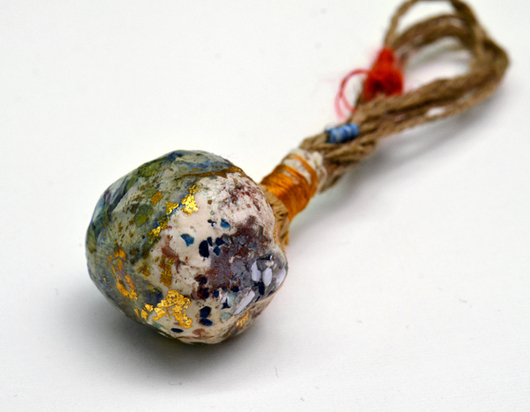 “My goal is to recreate a paradise where one may communicate with nature and pass down stories to future generations as family heirlooms, so I used various materials to create objects that carry these stories. I started with native materials including hemp, stone, bamboo, bone, and wood, plus a very traditional Taiwanese embroidery technique. Then I merged the natural materials with modern ones such as Perspex, resin, glass, and latex, combining them and sanding them together to create new forms. A light box was designed to display the works when they were exhibited at the Milan Furniture Fair and Show RCA last year.”
“My goal is to recreate a paradise where one may communicate with nature and pass down stories to future generations as family heirlooms, so I used various materials to create objects that carry these stories. I started with native materials including hemp, stone, bamboo, bone, and wood, plus a very traditional Taiwanese embroidery technique. Then I merged the natural materials with modern ones such as Perspex, resin, glass, and latex, combining them and sanding them together to create new forms. A light box was designed to display the works when they were exhibited at the Milan Furniture Fair and Show RCA last year.”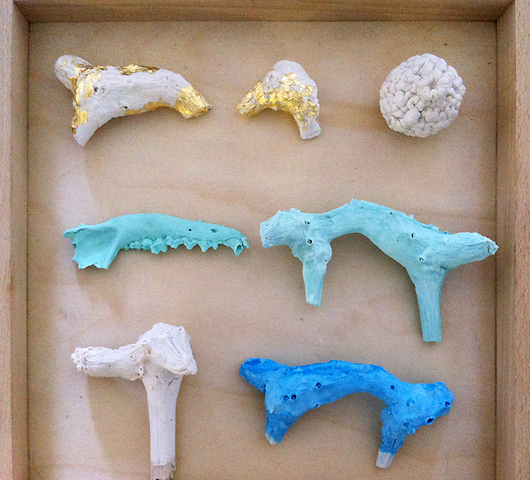
Describe your next project and how you’re currently making it.
“After graduation, I collaborated with Anthropologie on a hardware collection that will debut this year. More recently, I’ve been preparing for an exhibition with other graduates from RCA. Having returned to Taiwan, I’ve also started collecting objects with memories. Thinking through the experiences I’ve had and the world I live in now, I’ve found the connection between the past, present, and future. By recreating the objects, we can see the future through the past and arouse our spirits and faith in different ways.”
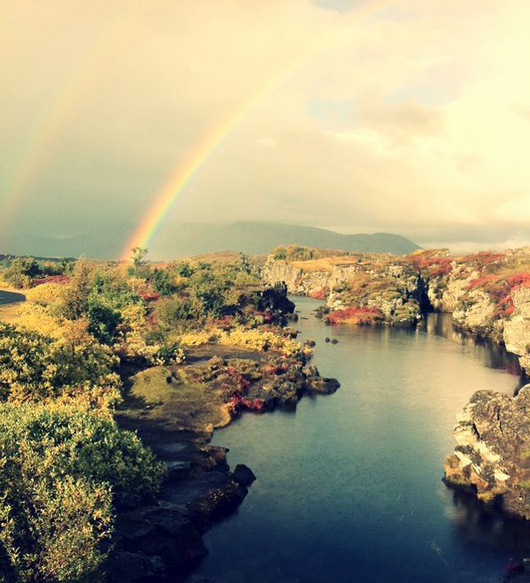 Tell us one thing that’s been inspiring you lately and why.
Tell us one thing that’s been inspiring you lately and why.
“Iceland — it’s a country of extreme contrasts, a place where fire and ice co‐exist and where dark winters are offset by the summer’s midnight sun. The people in Iceland use their traditional knowledge to practice sustainable development, and they too have adopted the philosophy of harmonious coexistence of humanity and nature. The place maintains such a great natural landscape that it makes me imagine my own paradise. The photos I took and the paintings I made after the trip reflect my true belief that humans and nature could coexist in a mutually respectful way.”
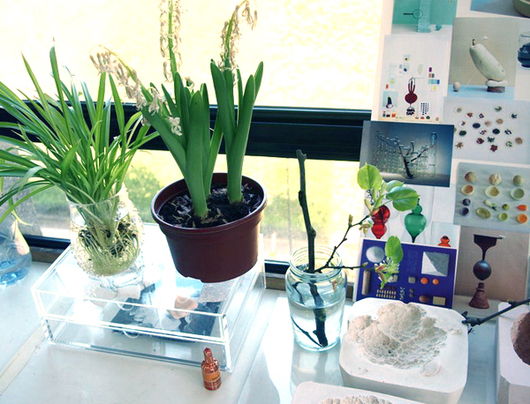
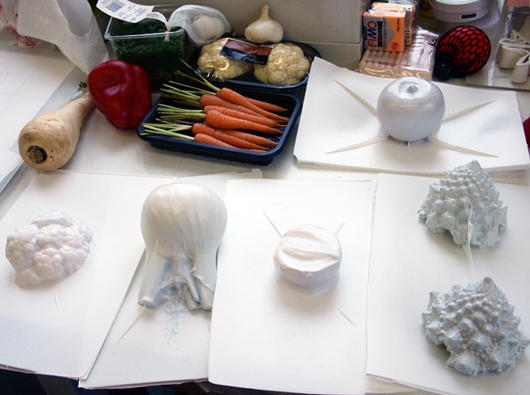 Show us your studio and tell us what you like about it.
Show us your studio and tell us what you like about it.
“My studio is located in southwest London, with a balcony that looks out onto a little garden on the ground floor and the Thames River beyond the garden. To me, a quiet environment with lighting and greenery is very important. I’ve used different shapes of fruits and vegetables to create organic forms in my works. I also like to collect weird objects during my travels and rearrange them in my studio. It’s a place where I can think slower and deeper and develop ideas. It’s also a studio full of memories and personal objects that tell different stories.”
